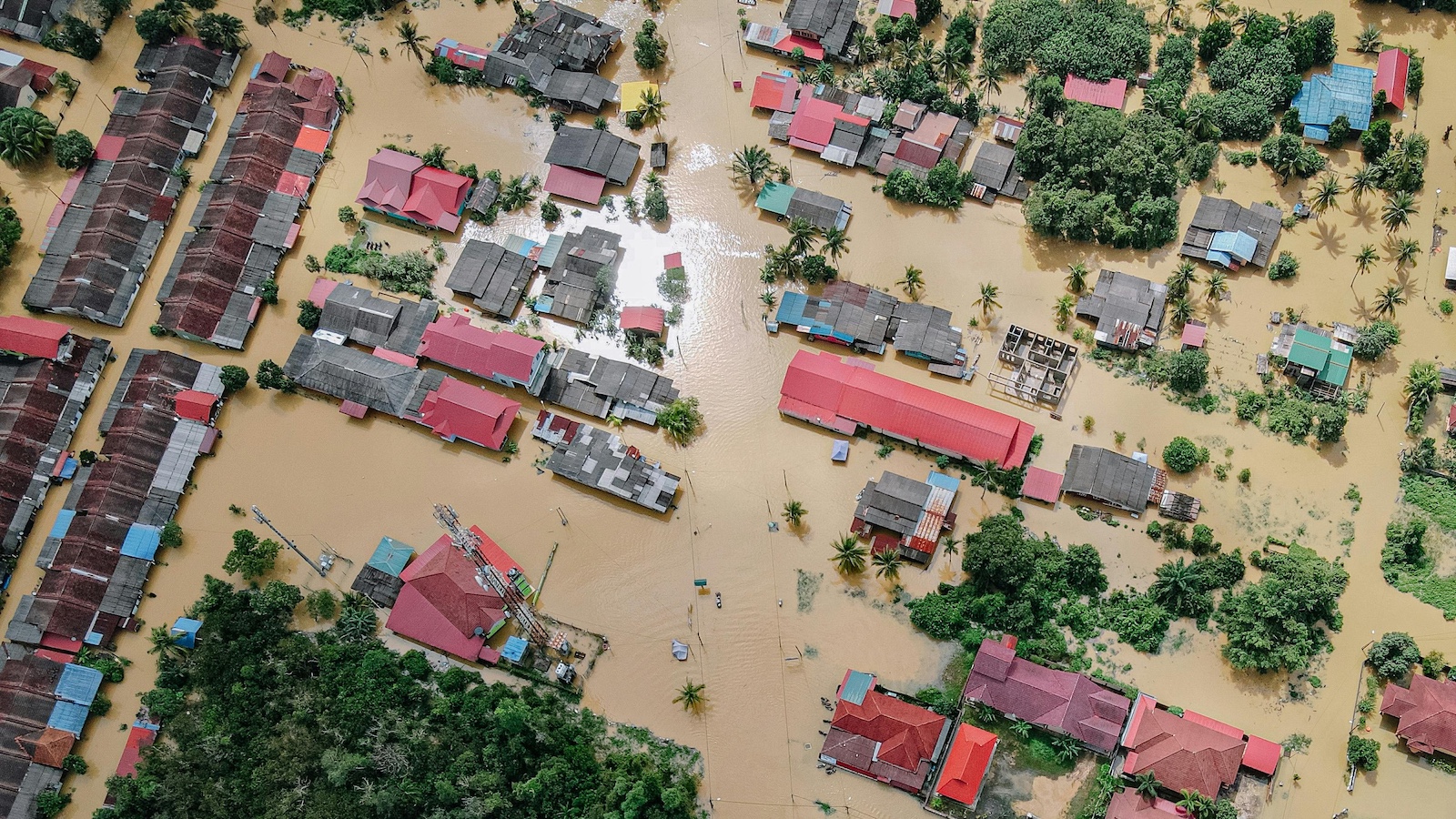The property and casualty (P&C) insurance industry is approaching a tipping point in 2026. With climate risk intensifying and social inflation pressuring loss costs, insurers are grappling with mounting challenges while also exploring innovative strategies to stay competitive and sustainable. The landscape demands a transformation in how insurers assess, price, and manage risk.
Climate Risk Is No Longer a Future Concern
The frequency and severity of natural disasters are escalating, with 2024 and 2025 witnessing record-breaking events — from wildfires in North America and Europe to cyclones and flooding in Asia-Pacific. These catastrophes are not just more frequent; they are affecting regions previously considered low-risk, undermining the validity of historical models.
Impact on P&C Underwriting:
- Traditional catastrophe models are under strain, often failing to capture emerging patterns in climate volatility.
- Reinsurers are tightening terms and increasing pricing, leading to cascading effects across primary insurers' balance sheets.
- Geographic diversification is no longer a foolproof strategy. Risk zoning must become hyperlocal and dynamic, factoring in real-time climate intelligence.
In response, insurers are investing in climate-tech partnerships to refine modeling, using satellite data, AI-powered weather forecasting, and climate scenario testing to redefine risk pools and set more accurate premiums.
Social Inflation and Litigation Trends
Another less visible but equally threatening pressure is social inflation — the rising cost of insurance claims due to increased litigation, larger jury awards, and changing societal attitudes toward corporate accountability.
What's driving it?
- Plaintiff-friendly legal environments and third-party litigation financing.
- Higher medical costs and longer case durations.
- Juror sentiment increasingly siding with individuals over institutions.
These factors are particularly pronounced in liability and commercial auto segments, where loss ratios are deteriorating despite premium hikes.
Insurer responses include:
- Expanding policy exclusions or tightening terms and conditions.
- Enhancing claims triage with analytics to identify fraud or high-exposure cases early.
- Collaborating with legal experts to track regional litigation risk indicators and adjust reserves accordingly.
Evolving Regulatory Expectations
Governments and regulatory bodies are also stepping in, demanding that insurers play a bigger role in climate adaptation. In the U.S., NAIC climate risk disclosures are becoming more stringent. In the E.U., Solvency II enhancements include stress testing for environmental risks.
Insurers are expected to:
- Integrate ESG (environmental, social, and governance) risk assessments into underwriting.
- Demonstrate long-term solvency resilience under various climate scenarios.
- Offer inclusive insurance products, especially for vulnerable populations.
This shift is pushing insurers to adopt a dual mandate: protecting their own solvency while supporting societal adaptation to climate change.
Technology as a Strategic Imperative
In the face of these mounting challenges, digitization is not just about efficiency; it's a lifeline. Advanced technologies are enabling the P&C sector to build resilience and adaptability into their core functions.
Key enablers include:
- Geospatial Analytics: Delivering risk intelligence for property underwriting and claims by combining satellite imagery with AI.
- Predictive Claims Models: Reducing costs and enhancing accuracy in reserving by predicting litigation probability and settlement values.
- Blockchain and Smart Contracts: Particularly in commercial lines, streamlining policy administration and minimizing disputes.
More carriers are turning to parametric insurance models that trigger payouts based on predefined events (e.g., wind speeds, rainfall thresholds), reducing uncertainty and administrative burden.
Redefining Customer Engagement
As climate risks grow and insurance becomes more expensive, consumer trust is at stake. Policyholders expect transparency, fairness, and proactive service — especially after experiencing a catastrophic loss.
Insurers must evolve from payers of claims to partners in resilience:
- Offer risk mitigation tools like smart home sensors or wildfire defense services.
- Deliver digital-first claims experiences with real-time tracking and automated loss assessments.
- Communicate coverage limits and exclusions clearly to prevent disputes at the time of need.
Personalization — driven by behavioral data and lifestyle insights — will be the hallmark of customer loyalty in 2026.
The Road Ahead
The P&C insurance sector in 2026 is being reshaped by macro forces beyond its control — but not beyond its influence. By embracing innovation, transparency, and climate-conscious practices, insurers can transform these risks into opportunities.
Key priorities for insurers moving forward:
- Rebuild pricing and risk frameworks to reflect future climate, not just the past.
- Tackle social inflation with advanced claims analytics and legal insights.
- Drive digital transformation to enhance agility and customer experience.
- Prepare for regulatory shifts by embedding sustainability in enterprise strategy.
Those who respond with bold, data-driven strategies — while staying grounded in the principles of fairness and protection — will define the future of property and casualty insurance.








